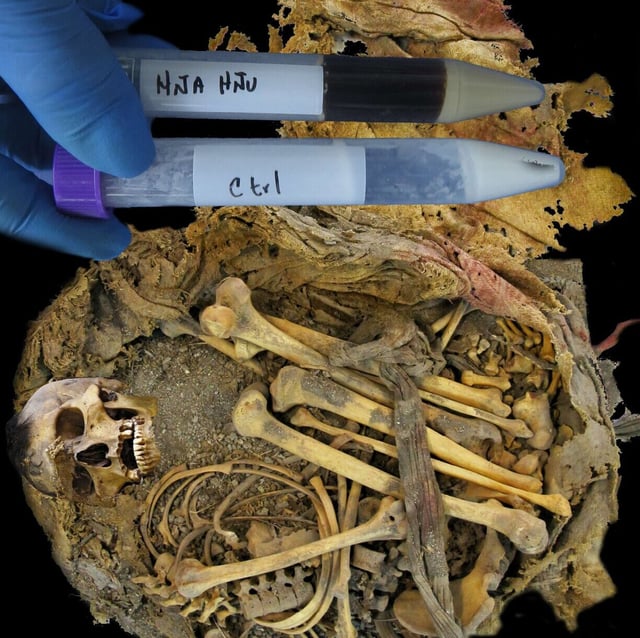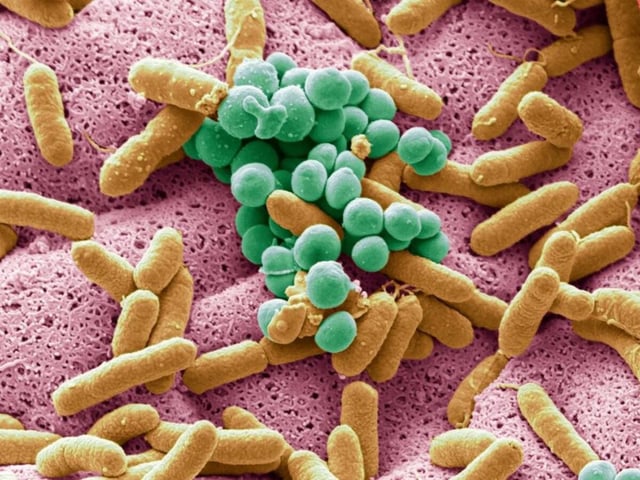Overview
- Researchers identified families common to human guts, including Peptostreptococcaceae, Enterobacteriaceae, Enterococcaceae and high levels of Clostridiaceae, echoing patterns seen in Andean mummies.
- Romboutsia hominis appeared in the sample, marking its first documentation in an ancient microbiome.
- Bacterial signatures tied to plant tissues and insect molecules suggest a mixed diet, possibly including agaves, yuccas and prickly pear.
- The individual, a likely seminomadic Otopame forager aged 21–35, was recovered from a dry cave that preserved intestinal tissues and feces.
- Authors say the results broaden the record of pre-Hispanic microbiomes, with deeper sequencing planned to confirm taxa and resolve community composition.

